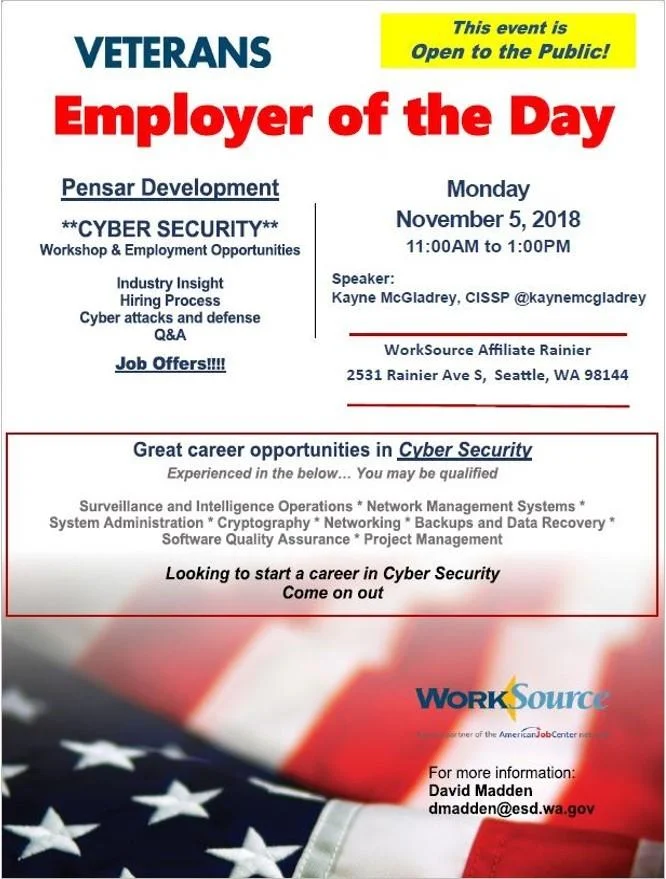Similar Posts
What Thoma Bravo’s latest acquisition reveals about identity management
ByKayne
Identity management of users and devices is key for CISOs to manage the risks associated with unauthorized access to sensitive data and systems, according to Kayne McGladrey, Field CISO at Hyperproof and IEEE senior member. “From a control operations standpoint, the two most important capabilities are the ability to validate a user’s behavior when it deviates from the norm, and the ability to quickly de-provision access when it is no longer needed,’’ McGladrey told VentureBeat.
For example, if a user regularly logs in from Washington State using their Windows-powered computer to access a single program, there’s little reason to prompt them for a second authentication factor, he said. “But when the device changes, perhaps a new Mac computer that’s not configured correctly, or their location suddenly changes to Australia, they should be prompted for multifactor authentication as part of identity validation before being allowed to access those data,” McGladrey said. When a user leaves an organization, their identity access should be rapidly revoked across all platforms and devices. Otherwise, organizations run the risk of a threat actor using the older access and credentials, McGladrey added.
AT&T Cybersecurity Insights, Vol. 7
ByKayne
Migration is a transformative process, which means it needs the full backing of the C-suite. Kayne McGladrey, Director of Information Security Services for Integral Partners, LLC, says it is vital to offer “an effective presentation to the board about the benefits and challenges associated with
the migration, and it has to have a narrative. You have to find stories of success and failure inside
of your industry in order to present the full picture to the board.”
“There are many lessons that the enterprise will learn through piloting—whether it’s identified
security risks, user communication risks, or education risks—all of which provide future guidance,” says Kayne McGladrey, Director of Information Security Services for Integral Partners LLC. “By the time you get to the harder transition elements, including full infrastructure rollout, you’ve already sorted through the main issues, thanks to your pilot-based learning journey.”
65 predictions about edtech, equity, and learning in 2022
ByKayne
Over the past year and a half, school administrators, teachers, and IT support staff and students themselves have been working in a complex threat environment. The pandemic and major increase in cyberattacks has resulted in closures for both in-person and online schools. While this will only continue into 2022, it will be importance for security and IT professionals that support schools to align their policies, procedures, and technical controls to a cybersecurity framework that fits the needs of their organization, such as the recently announced K-12 resources announced jointly by the FBI and CISA. Using a formal framework can help schools effectively identify and mitigate gaps in school security postures without substantial budget increases. Schools should also consider a quarterly exercise to re-audit their password stores, as the number of compromised passwords will only continue to increase in the year ahead. A password that was secure three months ago may have appeared in a data breach (especially since students and adults tend to use the same passwords for multiple accounts) and may no longer be a secure option. Although it’s hard to predict what’s to come for educational institutions moving forward and future of remote and hybrid learning is going to be uncertain, education professionals should expect to see threat actors continue to target schools that have not taken a proactive approach to cybersecurity and deployed the appropriate defenses.
Security leaders top 10 takeaways for 2024
ByKayne
At issue is whether the incident led to significant risk to the organization and its shareholders. If so, it’s defined as material and must be reported within four days of this determination being made (not its initial discovery). “Materiality extends beyond quantitative losses, such as direct financial impacts, to include qualitative aspects, like reputational damage and operational disruptions,” he says. McGladrey says the SEC’s materiality guidance underscores the importance of investor protection in relation to cybersecurity events and, if in doubt, the safest path is reporting. “If a disclosure is uncertain, erring on the side of transparency safeguards shareholders,” he tells CSO.
Noberus Amps Its Tactics: How IT Leaders Can Keep Up with Evolving Ransomware
ByKayne
The updates to Noberus are concerning but expected. “This is the new normal. Criminal groups will continue to reinvest part of their profits in research and development to drive the innovation cycle of development and distribution of their unwanted products,” says Kayne McGladrey, field CISO at Hyperproof.
Where Should Hospitals Direct Their Cybersecurity Focus?
ByKayne
“If an organization learns that there is a vulnerability being actively exploited — or that a proof of concept for a vulnerability has been developed and is in the wild — they can accelerate patching the affected, vulnerable assets to reduce the likelihood of a successful attack.”
